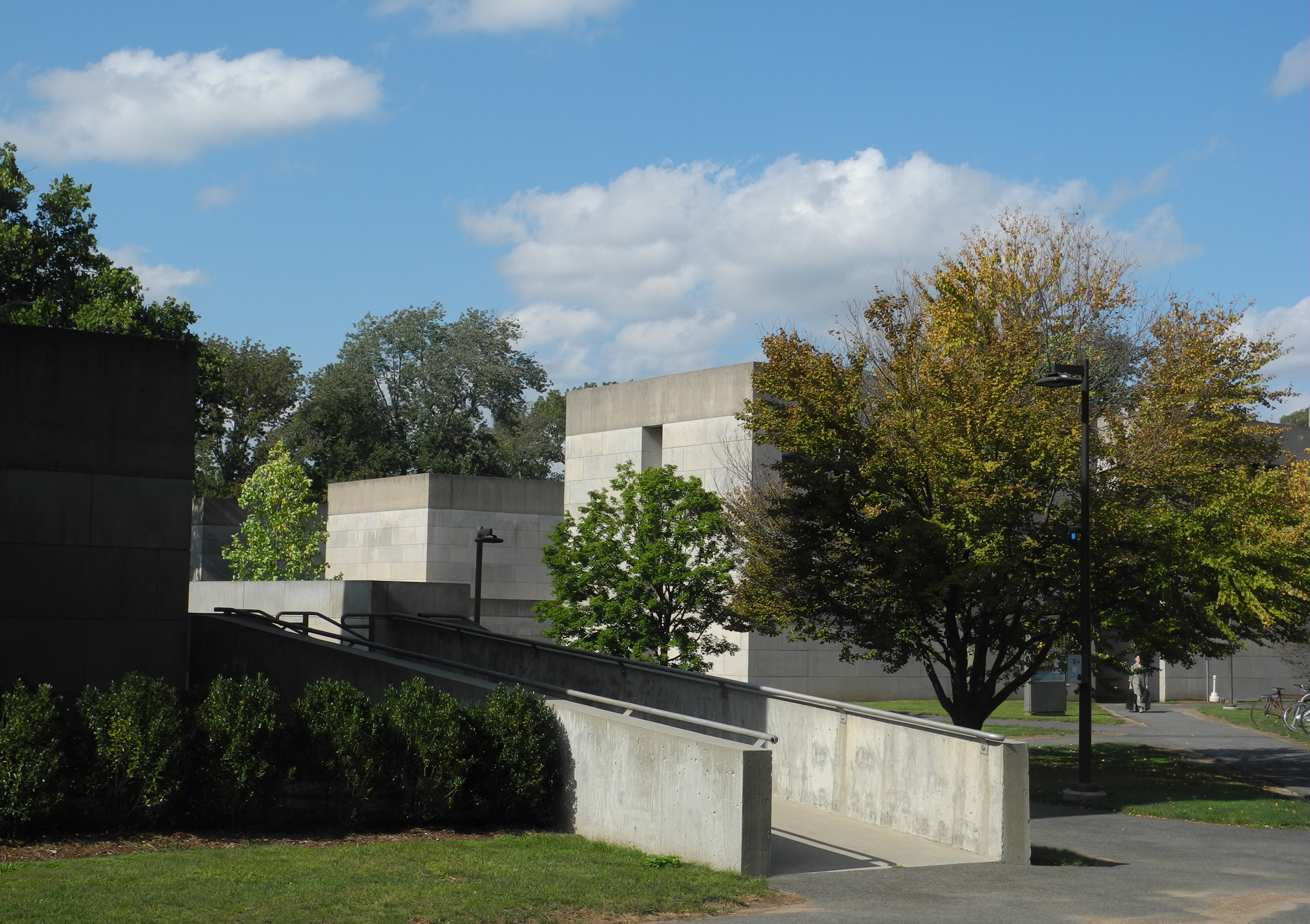
In an effort to promote artistic expression while aiding those from regions afflicted by the recent swathe of hurricanes, the University’s Center for the Arts (CFA) and College of the Environment have teamed up to provide short-term residency for artists from hurricane-affected regions. While at the University, artists will be working on projects that explore environmental themes and humankind’s relationship to nature through art.
Artists from Florida, Texas, Puerto Rico and the U.S. Virgin Islands and from any discipline—dance, music, theatre or the visual arts—are invited to submit a proposal. Artists accepted into the program and will stay on campus for a period of seven to 14 days while they work on their project. Artists will be provided with an artist’s fee of $10,000 and $5,000 for travel expenses and materials.
Director of Arts Communication Andrew Chatfield described the purpose of the project in a recent press release.
“Artists are invited to create a work that responds to hurricanes and their environmental and social impact,” the press release reads.“We invite projects that also address environmental issues such as climate change, disaster, and disruption.”
Artists are invited to explore three distinct questions: “How can the arts address and respond to the environmental and humanitarian crises wrought by climate change?” “How do we redefine humankind’s evolving relationship to nature, specifically to water?” and “What role might the arts play in rebuilding after storms?” In addition, artists are asked to focus primarily on humans’ relationship to water, in its various forms.
In an email to the Argus, Director for the Center of the Arts Sarah Curran explained the importance of this project in the context of the recent hurricane season and climate change.
“The hurricanes of 2017 have wrought environmental devastation that will have an enduring impact on the lives of the residents in the areas impacted,” Curran explained. “I saw an opportunity to do one small thing to help an artist impacted by the hurricanes. I know that many people lost their studios, their homes, and their livelihoods in the storms. The arts are always in dialogue with the world around us, and we must deepen the campus conversation about the environmental, human and economic repercussions of climate change.”
President Michael Roth ’78 also expressed his support of the project, explaining the impact this effort has on a variety of different areas.
“Wesleyan’s Center for the Arts has a history of interdisciplinary programs, integrating the arts across campus,” Roth said. “This new one-time residency in collaboration with the College of the Environment will have an impact not only on the artist selected for the residency but also allow the Wesleyan community to respond to the environmental and social impact of these natural disasters.”
The residency will take place in April of 2018, and artists will be encouraged to work with University representatives to decide on a specific time frame of attendance. In addition, one of the major requirements of the projects is that students will be able to interact with the final piece, whether through a performance, a display, or some other artistic form. Curran elaborated on these options.
“It may be a public talk, a work in progress showing, or something else entirely,” she wrote. “Additionally, we are working with the College of the Environment to develop related programming about related environmental, economic, political, and social issues to arise with the hurricanes and the recovery process. They will also take place in April, when the artist or artists come to campus.”
The Director of the College of the Environment, Robert Schumann Professor of Environmental Studies and Chair of the Environmental Studies Program, and Professor of Biology and Earth and Environmental Sciences Barry Chernoff is also involved in this effort.
“After seeing the scope of this year’s hurricane season, we thought this was a way that we could both address the needs of artists in those areas, while also deepen the conversation on campus about climate change on the human environment,” Chernoff said in the press release.
Curran also noted the importance of art as a genre, within the University and beyond.
“Artists help us reimagine and re-envision the human relationship with the environment,” she explained. “Addressing global environmental issues requires that we not only think critically, but that we think differently. One of the things that I love about Wesleyan is that this is a community of people unafraid of thinking differently; I hope that bringing an artist to campus will spark our collective imagination. I also hope that not only will we provide an opportunity for an artist in a time of crisis, but that their presence on campus will offer the opportunity to develop new relationships and remind us of the very real human component to the headlines we read from afar.”
Proposals are due on Nov. 17, 2017. Those interested in applying are invited to do so via an online application that can be found on the University’s website.
Emmy Hughes can be reached at ebhughes@wesleyan.edu and on Twitter @emmyughes.


Leave a Reply